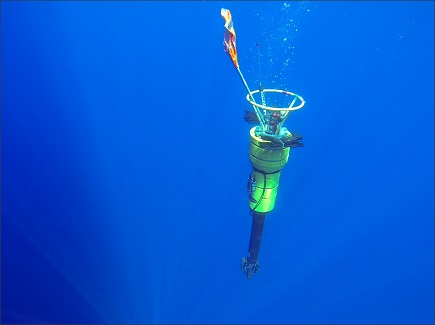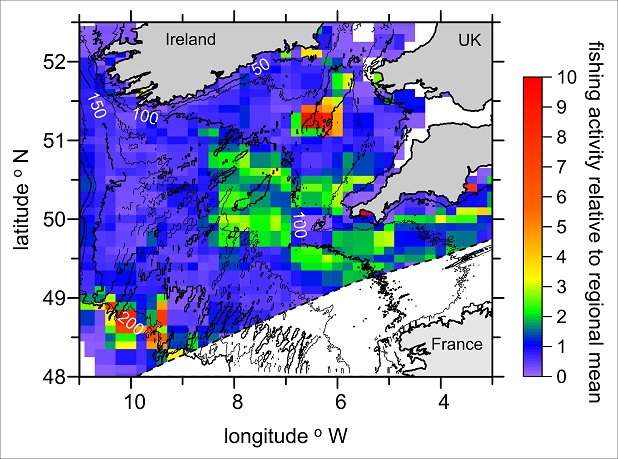Research

Shelf seas, plankton and climate.
The shallow shelf seas cover <7% of the ocean by area but support about 20% of global ocean primary productivity, and so play a disproportionately important role in the global cycling of carbon. The global ocean on average takes carbon out of the atmosphere each year; the temperate shelf seas in the northern hemisphere take up between 2 and 6 times more carbon per unit area than the open ocean. In Liverpool we are interested in how the physical environment of these temperate shallow seas controls the growth of plankton, by controlling nutrients and light required for primary production, and leads to net removal of atmospheric carbon over the edge of the continental shelf and into the deep ocean.
Key paper here.

Tidal pumping of nutrients and carbon over the mid ocean ridges.
Internal waves generated by tidal flows of stratified water over seabed slopes are a common feature of ocean physics. We have worked on these internal tidal waves in shelf seas in our research into the structure of phytoplankton ecosystems in shelf seas and at the shelf edge. In the open ocean internal tidal waves are set up at mid ocean ridges and seamounts, and the vertical turbulent mixing generated by these waves is recognised as important in ocean heat budgets and the meridional overturning circulation. We went to the mid Atlantic ridge to investigate if this internal wave-driven vertical mixing has an effect on upper ocean nutrients supplies to phytoplankton in the photic zone. We found that it does - vertical turbulent nutrient fluxes into the photic zone over the ridge were about 10 times greater than fluxes into the photic zone away from the ridge.
Key paper here.

Physics to fish in shelf seas.
The link between ocean physics and the distribution of fish is often viewed primarily in terms of physical processes affecting primary production, which then determines the distribution and success of fish. We have shown that this simple mechanism is not always correct. In the NW European shelf seas we have linked the distribution and activity of fishing vessels back to the likely oceanographic drivers of fish distribution. For instance, at the shelf edge spawning fish stocks are dependent on breaking internal tidal waves which mix nutrients towards the sea surface, and this increased nutrient supply affects the size structure of the phytoplankton community: shelf edge phytoplankton tend to be large-celled species which provide a food source for first-feeding fish larvae.
Key paper here.
Research groups
Research grants
An Alternative Framework to Assess Marine Ecosystem Functionin in Shelf Seas (AlterEco)
NATURAL ENVIRONMENT RESEARCH COUNCIL
May 2017 - May 2020
A nutrient and carbon pump over mid-ocean ridges (RidgeMix).
NATURAL ENVIRONMENT RESEARCH COUNCIL
January 2015 - February 2019
CaNDyFloSS: Carbon and Nutrient Dynamics and Fluxes over Shelf Systems
NATURAL ENVIRONMENT RESEARCH COUNCIL
October 2013 - March 2018
Assessing the role of eddies in exchanging nutrients across the European Shelf
NATURAL ENVIRONMENT RESEARCH COUNCIL
October 2012 - September 2017
FASTNET - Fluxes Across the Sloping Topography of the North East Atlantic
NATURAL ENVIRONMENT RESEARCH COUNCIL
April 2012 - October 2016